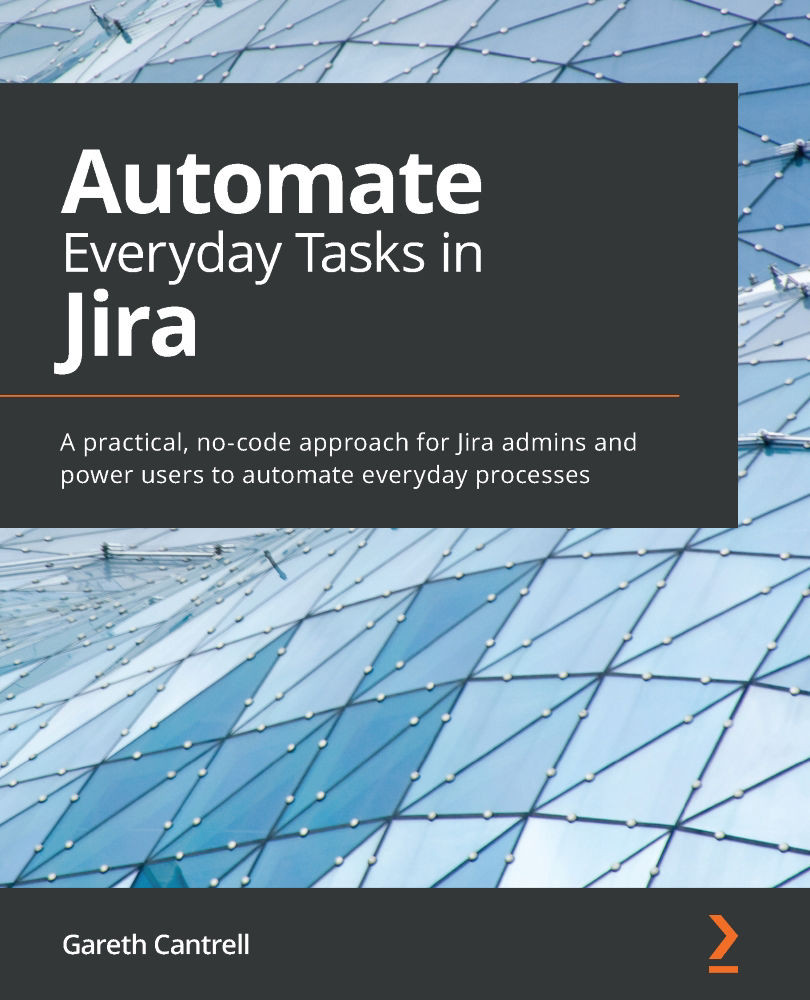Working with data in incoming webhooks
Having the ability to trigger actions in Jira from external systems enables you to create really powerful integrations with automation rules.
As we saw in the previous section, you can act on specific issues by including them in the incoming request body. However, with the Incoming webhook trigger, you can also consume any valid JSON object sent in the request body, and this data is made available to your subsequent rule components in the {{webhookData}} smart value, where you can access any of the JSON object fields using dot notation.
This powerful functionality will enable you to integrate with any external system that can send web requests and allow you to extract valuable data for use in your issues. For example, you could potentially set up your monitoring tools to send notifications to an automation rule when an incident occurs and use the data it provides to create a new incident and set affected components based on which asset caused...






































































